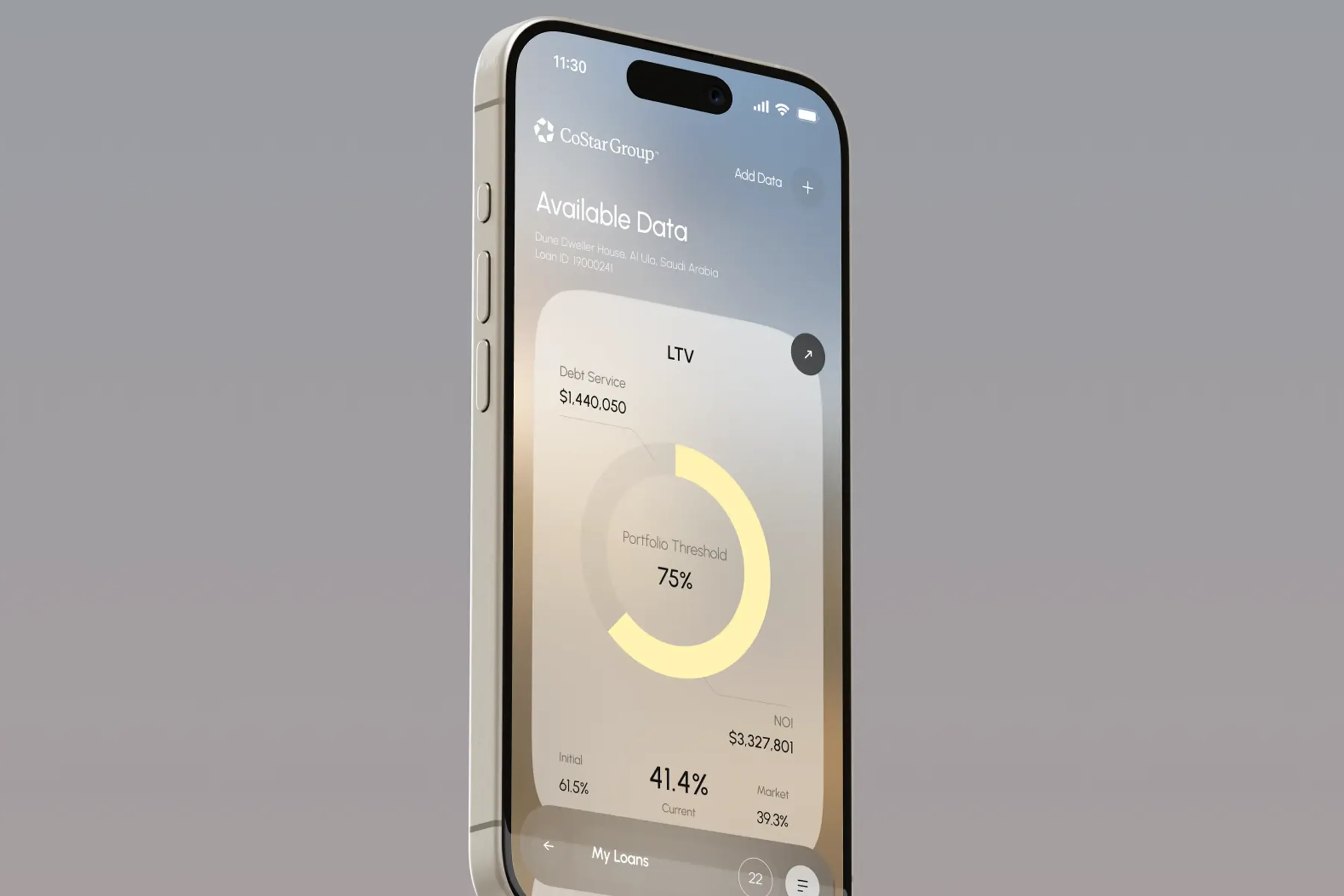
Risk Management in UX Design - RDL explains

Property Risk Rating Mobile App
Risk Management in UX Design
Building your business’ success
In the ever-evolving digital landscape, user experience (UX) design has emerged as a critical component for business success. However, with the increased complexity of digital products, managing risks in UX design is more important than ever.
This article explores the fundamentals of risk management in UX design and provides insights into how businesses can effectively assess and mitigate risks to enhance their user engagement and satisfaction.
CreditTB - Credit SaaS Dashboard
What is risk management?
Risk management in UX design involves identifying, analyzing and addressing potential issues that could negatively impact the user experience. These risks can stem from various sources, including technical glitches, design flaws and even user behavior.
By proactively managing these risks, businesses can ensure that their digital products not only meet user expectations but also function efficiently and reliably.
- “
Incorporating risk management and governance into UX design is crucial for several reasons:
Lisa B.
UX/UI Designer
User Satisfaction
A seamless user experience is essential for customer satisfaction. By identifying potential risks early, designers can prevent issues that might frustrate users.
Business Success
Poor UX can lead to lost customers and revenue. Effective risk management helps maintain a positive brand image and supports business goals.
Compliance
Adhering to industry standards and regulations is vital. Risk management ensures that design practices align with legal and ethical guidelines.
- “
A comprehensive UX risk assessment involves several key components:
Alina L.
CX Designer
Identifying risks
The first step in risk management is identifying potential risks. This involves analyzing every aspect of the user journey to pinpoint areas where issues might arise. Common risks in UX design include:
CarFin - Car AI Assistant Dashboard
UX risks:
Technical Failures
Bugs, slow load times, or crashes can disrupt the user experience.
Design Inconsistencies
Inconsistent design elements can confuse users and hinder navigation.
Usability Issues
Complex interfaces or unclear instructions can lead to user frustration.
Evaluate the impact
Once potential risks are identified, it’s important to evaluate their impact. This involves assessing the likelihood of each risk occurring and the potential consequences for the user experience and business outcomes. Prioritizing risks based on their severity can help teams focus on the most critical issues.
- “
After analyzing the risks, UX teams should develop strategies to mitigate them. This may involve:
Kate S.
UX/UI Designer
Salesforce CRM - Email Integration Software
Design Refinements
Making necessary adjustments to the design to eliminate inconsistencies and improve usability.
Technical Solutions
Implementing technological fixes to address performance issues and enhance stability.
User Feedback Loops
Continuously gathering user feedback to identify and address emerging risks.
- “
To successfully manage risks in UX design, consider the following best practices:
Nate B.
CMO
Collaboration
Encourage collaboration between UX designers, developers and stakeholders. This ensures that all perspectives are considered when assessing and mitigating risks.
User-centric design
Focus on creating user-centered designs that prioritize usability and accessibility. Regularly conduct usability testing to identify potential risks and make data-driven improvements.
Stay updated wth the news
The digital landscape is constantly changing and so are user expectations. Stay informed about industry trends and emerging technologies to anticipate and address new risks.
Process feedback
Create a continuous feedback loop with users to gather insights and identify potential risks. This proactive approach helps address issues before they escalate.
Wealthfront - Automated Investment Management
RDL risk management
Effective risk management is crucial for building a successful digital product. At RDL, we are experts in a proactive approach to UX design that identifies and mitigates risks from the very start. We believe that preventing issues is more efficient and cost-effective than fixing them later.
- “
Our process begins with a comprehensive UI/UX audit to pinpoint potential design flaws, technical inconsistencies and usability issues.
Jared H.
UX/UI Designer
We then use user-centered design principles and usability testing to validate our solutions and ensure we are building a product that truly meets user needs. This continuous feedback loop helps us address emerging risks before they can negatively impact the user experience.
Microsoft Azure - AI Security Management SaaS
Cooperate with RDL
By partnering with us for your custom software development, you gain a team dedicated to creating a resilient, high-performing digital product. We focus on building a stable foundation, managing risks and ensuring your product is built for long-term success.
- “
Risk management in UX design is a strategic process that ensures digital products meet user needs and business objectives.
Victoria P.
Team Lead
UPS Platform - SaaS Airfreight Delivery Dashboard
Manage risks successfully
By identifying potential risks, analyzing their impact and implementing effective mitigation strategies, businesses can enhance their user experience and drive success.
As the digital world continues to evolve, prioritizing risk management and governance in UX design will be crucial for staying competitive and delivering exceptional user experiences.
- “
By integrating these practices into your UX design process, you can create a more resilient and user-friendly digital product that not only meets but exceeds user expectations.
George S.
CCO
Shall we chat?
[email protected]Let’s

talk
Let’s

talk















